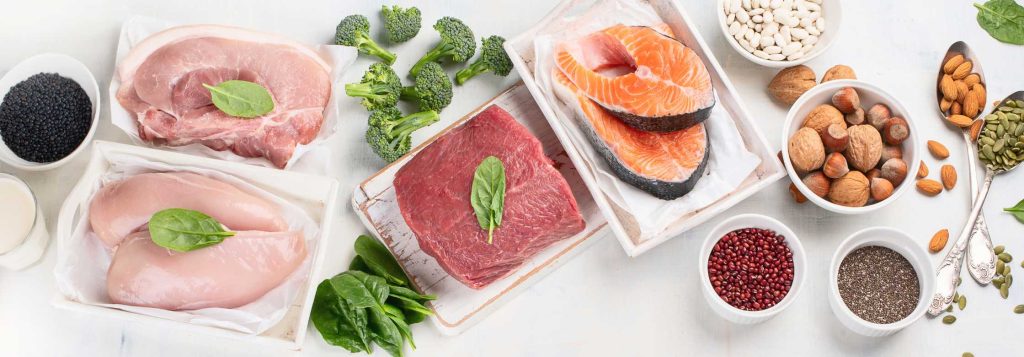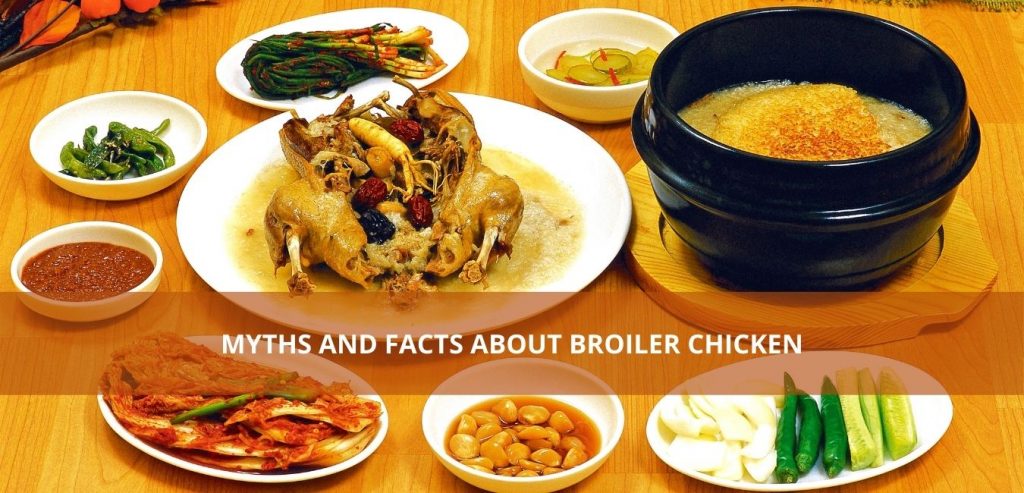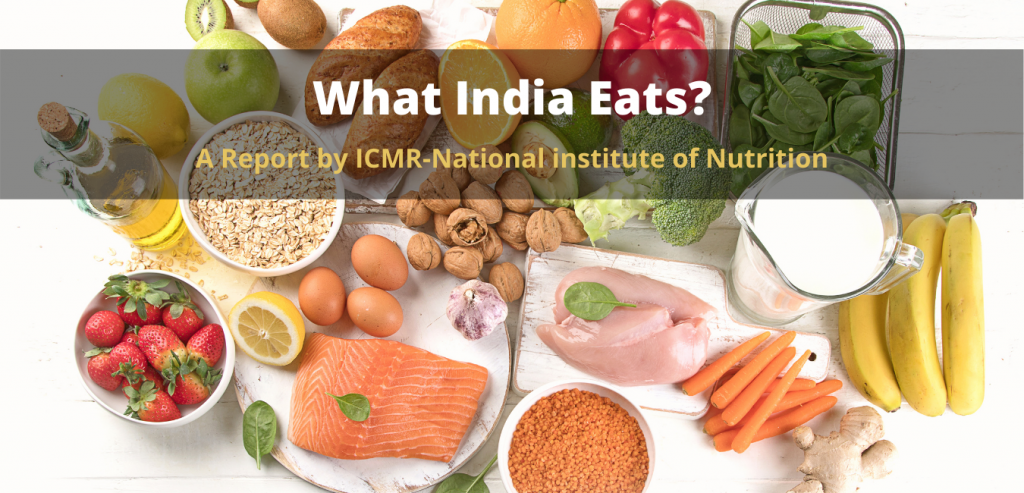PROTEIN – THE NUTRITION SOURCE

Proteins are made up of building blocks called amino acids. Every cell in the body contains proteins. About 20 different amino acids link together in different combinations. Your body uses them to make new proteins, such as muscle and bone, and other compounds such as enzymes and hormones. It can also use them as an energy source.
FUNCTIONS OF PROTEIN:
1) Growth and maintenance
2) Aids biochemical reaction
3) Acts as a messenger
4) Provides structure
5) Repair cells
DEFICIENCY OF PROTEIN:
Lack of protein in diet is the major reason for deficiency of protein.
Symptoms includes:
- Swelling in the legs, face and other parts of the body from fluid buildup
- Loss of muscle mass
- Dry and brittle hair
- Lack of growth in children
- Cracked and pitted nails
- Infections due to weakened immune system
- Fatigue Retardation of linear growth and sexual maturation
- Nutritional growth-development retardation (protein energy malnutrition)
- Reduction in fat free body mass and muscle mass
- Reduction in immune functions and organ functions; and if reaches to advanced stage it may even cause death
CAUSES OF PROTEIN DEFICIENCY:
- Not enough protein in your diet
- Body cannot absorb properly protein from the foods (malabsorption causes Celiac disease and Crohn’s disease)
- Liver damage
- Kidney damage
- Kwashiorkor (People with kwashiorkor are especially deficient in protein, as well as some key micronutrients which causes fluid retention in the tissues called edema) and\ Marasmus (deficiency of all macronutrients: carbohydrates, fats, and protein
- People with marasmus are visibly depleted, severely underweight and emaciated) are caused by protein energy malnutrition
RESEARCH, ANALYSIS AND FINDINGS
- According to the latest CNNS (Comprehensive National Nutrition Survey), thematic report (issue 1, 2019) it was found that there was zero consumption of the food groups that are rich in protein
- Adolescent girls and boys who are short, thin, or anaemic most often do not eat fish/chicken, eggs, fruits, dark green leafy vegetables and pulses
- Foods most commonly missed from the food plate of an adolescent are fish/chicken, eggs, fruits and dark green leafy vegetables
FAO makes case for meat, eggs and milk as ‘essential source of nutrients’
It is the most comprehensive analysis yet of the benefits and risks of consuming animal source foods and is based on data and evidence from more than 500 scientific papers and some 250 policy documents, said FAO.
A plate of bacon and eggs with a glass of milk on the side, can provide a range of important so-called “macro-nutrients”, such as protein, fats and carbs, and also micronutrients that are hard to find in plants, “in the required quality and quantity”, said FAO.
High quality protein, a number of essential fatty-acids – together with iron, calcium, zinc, selenium, Vitamin B12, choline and bioactive compounds like carnitine, creatine, taurine – are provided by foods from farm and other livestock animals, and have important health and developmental functions
No evidence of risk – poultry consumption (source: FAO)
- The report makes it clear that consumption of even low levels of processed red meat can increase the risk of mortality and chronic disease outcomes, including cardiovascular diseases and colorectal cancer
- However, consuming unprocessed red meat in moderate amounts may have minimal risk, said FAO, but is considered safe with regards to chronic disease outcomes
- Meanwhile the evidence of any links between milk, eggs and poultry consumption in healthy adults and diseases such as coronary heart disease, strokes and hypertension is inconclusive (for milk) or non-significant (for eggs and poultry), said FAO
CONCLUSION
Animal source foods can help with meeting the nutrition targets endorsed by the World Health Assembly and Sustainable Development Goals (SDGs) related to reducing stunting, wasting among children under five, low birthweight, anaemia in women of reproductive age, and obesity and non-communicable diseases (NCDs) in adults If consumed as part of an appropriate diet.
Foods to be consumed daily:
The food plate of an adolescent should have at least eleven food groups of which nine food groups require to be consumed daily in the diet, in recommended quantity.
These nine food items include –
1. Cereals
2. Milk or curd
3. Pulses or beans
4. Dark green leafy vegetables
5. Other vegetables
6. Roots and tubers
7. Fruits
8. Fats and oils and
9. Sugar/jaggery.
Foods to be consumed at least two days a week
The food plate of an adolescent need to have heme iron-rich foods like chicken/fish at least twice a week and egg at least thrice a week.






Responses